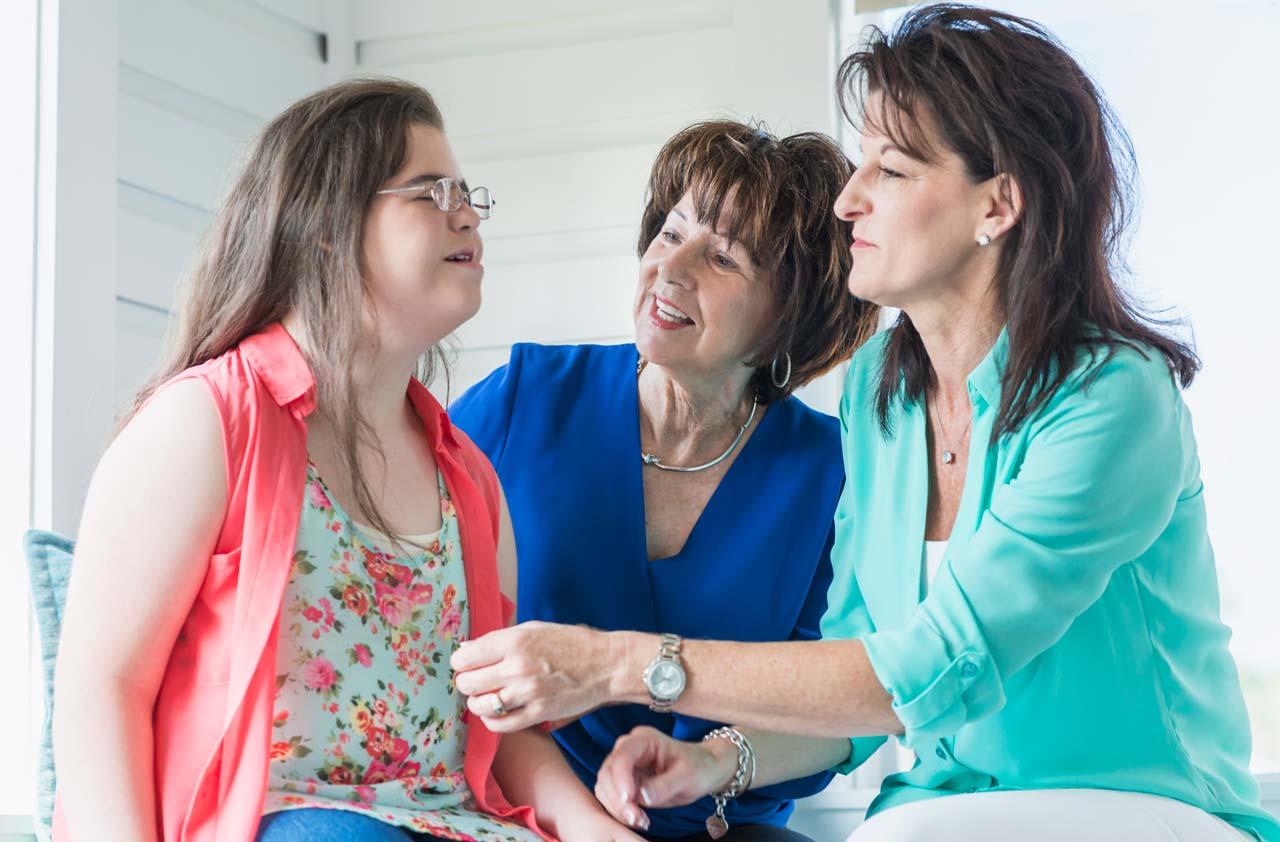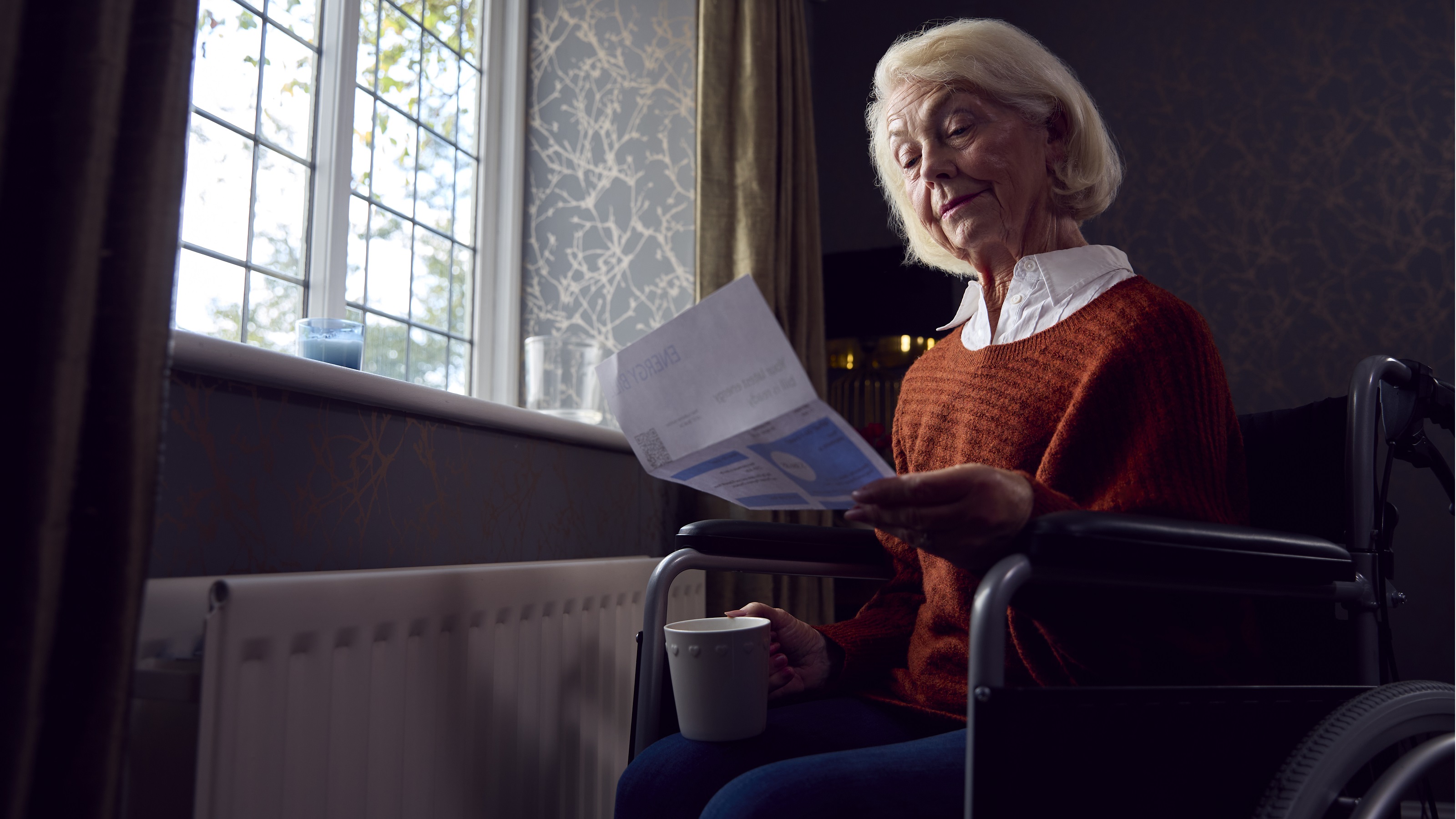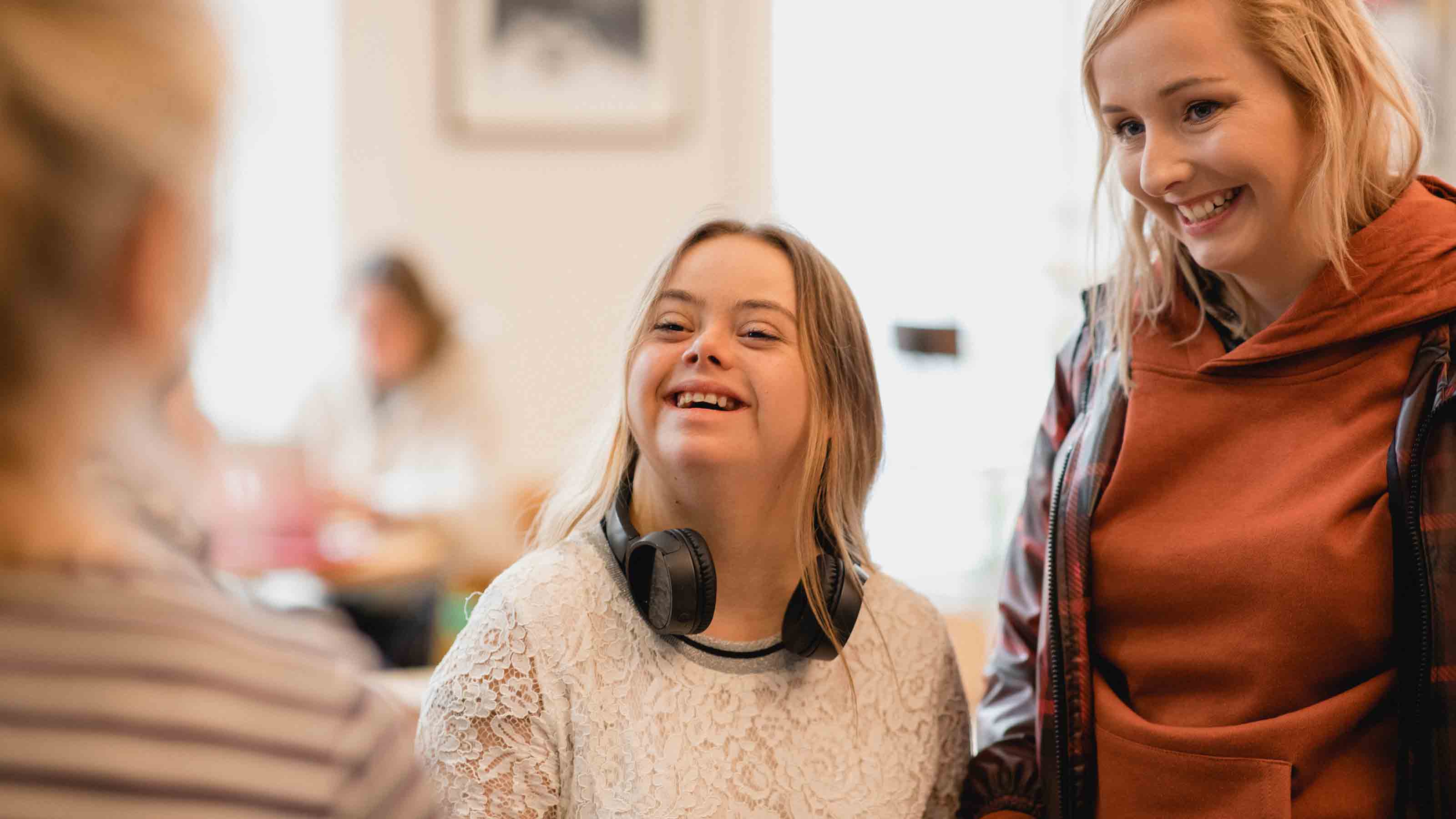Opening an ABLE Account
Money in one of these state-sponsored accounts can be used tax-free to cover expenses for a disabled person. Here’s what it takes to qualify and the documents you need.


Question: Is there an age limit for opening an ABLE account for a person with a disability? What documentation do you need to provide to show that the person is eligible?
Answer: People of any age who developed a qualifying disability before age 26 can open an ABLE account and contribute up to $16,000 per year (as of 2022). The money can be used tax-free for any expenses that benefit the person with the disability, and up to $100,000 in the account doesn’t count toward the $2,000 asset limit for Supplemental Security Income benefits.
To qualify for an ABLE account, you must meet Social Security’s definition of having “severe functional limitations” with an onset before age 26. IRS regulations don’t require account owners to submit documentation to the plan showing that they are eligible based on the severity and onset of their disability, although some plans have stricter requirements. Even if your plan doesn’t require the documentation, it’s a good idea to keep the records yourself. “We recommend that account owners keep documents that prove they’re qualified in their own personal files in case the IRS or Social Security Administration asks for them,” says Kaellen Hessel of the Oregon ABLE Savings Plan.

Sign up for Kiplinger’s Free E-Newsletters
Profit and prosper with the best of expert advice on investing, taxes, retirement, personal finance and more - straight to your e-mail.
Profit and prosper with the best of expert advice - straight to your e-mail.
Those who are already receiving benefits under Supplemental Security Income or Social Security Disability Insurance (and who started receiving those benefits before age 26) are automatically eligible to open an ABLE account and don’t need other documentation, says Hessel. People may also qualify if they have a written diagnosis from a doctor certifying that they are blind or disabled and the age of onset was before age 26.
Certifying when the disability began can be a bit tricky. “Oftentimes, a disability may start before the age of 26, but doctors and the patient don’t know what’s causing the symptoms until later,” says Hessel. “When we launched Oregon ABLE, a man with a traumatic brain injury asked us if he qualified. He was in a serious car crash before he was 26, but it wasn’t until after 26 that doctors were finally able to diagnose him. Since he had a disability that whole time and it was clearly tied to the crash, he qualified.”
“When in doubt, we recommend getting a doctor’s note. It can be a surprisingly simple process,” she says.
Similar to 529 college-savings plans, ABLE accounts are administered by the states, but they are generally open to residents of any state (Florida’s plan is limited to its own residents). Twenty-four states now offer ABLE accounts, and several more are expected to introduce plans soon. Several states provide a state income tax deduction to residents contributing to their state’s plan. When choosing a plan, look at possible tax breaks as well as fees, investing options and other details.
For more information about ABLE accounts, updates on states offering the accounts and a tool that compares programs, see the ABLE National Resource Center. Also see How to Open an ABLE Account for a Special-Needs Child for more information about picking a plan.
Get Kiplinger Today newsletter — free
Profit and prosper with the best of Kiplinger's advice on investing, taxes, retirement, personal finance and much more. Delivered daily. Enter your email in the box and click Sign Me Up.

As the "Ask Kim" columnist for Kiplinger's Personal Finance, Lankford receives hundreds of personal finance questions from readers every month. She is the author of Rescue Your Financial Life (McGraw-Hill, 2003), The Insurance Maze: How You Can Save Money on Insurance -- and Still Get the Coverage You Need (Kaplan, 2006), Kiplinger's Ask Kim for Money Smart Solutions (Kaplan, 2007) and The Kiplinger/BBB Personal Finance Guide for Military Families. She is frequently featured as a financial expert on television and radio, including NBC's Today Show, CNN, CNBC and National Public Radio.
-
 5 Easy Weatherproofing Projects That Help Prevent Damage and Save on Insurance
5 Easy Weatherproofing Projects That Help Prevent Damage and Save on InsuranceProtect your home from storms and water damage with these simple weatherproofing upgrades — some may help reduce your home insurance premium.
By Paige Cerulli
-
 If Trump Fires Jerome Powell, What Happens To Savings and Mortgage Rates?
If Trump Fires Jerome Powell, What Happens To Savings and Mortgage Rates?President Donald Trump expressed his desire to remove Fed Chair Jerome Powell. If the president is successful, how would it impact your savings accounts?
By Sean Jackson
-
 U.S. Treasury to Eliminate Paper Checks: What It Means for Tax Refunds, Social Security
U.S. Treasury to Eliminate Paper Checks: What It Means for Tax Refunds, Social SecurityTreasury President Trump signed an executive order forcing the federal government to phase out paper check disbursements by the fall.
By Gabriella Cruz-Martínez
-
 Should You Buy Life Insurance? Four Cases When You Should or Shouldn't
Should You Buy Life Insurance? Four Cases When You Should or Shouldn'tinsurance If no one depends on your income for support, you probably don't need life insurance at all.
By Donna LeValley
-
 States That Still Tax Diapers
States That Still Tax DiapersSales Taxes Most states still tax diapers. Is your state one of them?
By Katelyn Washington
-
 Where Disability Benefits Are Worth the Most: How Your State Stacks Up
Where Disability Benefits Are Worth the Most: How Your State Stacks UpRecipients of Social Security disability benefits rely on the monthly check as a vital source of income, but in no state does it match up to the livable wage.
By Sarah Aitchison, Esq.
-
 4 Financial Steps to Care for Your Child with Special Needs
4 Financial Steps to Care for Your Child with Special Needspersonal finance Parents of children who have special needs are busy folks, but they would sleep better at night if they took the time to complete these four tasks, which will help protect their children’s future.
By Josh Monroe, CFP®, ChFC
-
 Estate Planning: A Special Trust for a Special Need
Estate Planning: A Special Trust for a Special NeedCaregiving Special needs trusts can help fund quality-of-life improvements for the beneficiary, such as a phone, a trip or a private room in a group care facility.
By David Rodeck
-
 ABLE Accounts Give Disabled More Financial Freedom
ABLE Accounts Give Disabled More Financial FreedomFinancial Planning People with disabilities, and their families, can save for a variety of expenses in these tax-advantaged accounts.
By Emma Patch
-
 How to Keep Your Estate Plan from Jeopardizing a Disabled Heir’s Benefits
How to Keep Your Estate Plan from Jeopardizing a Disabled Heir’s Benefitsestate planning Anyone with a child or grandchild with a disability needs to pull out their will and make sure the way it’s written doesn’t unintentionally keep someone they love from the benefits they need.
By James J. Ferraro, JD